Jens samples the next generation Porsche Panamera
Jens samples a prototype of the next-gen Porsche Panamera, and absolutely loves it. It even looks good, he says – which is not something he can say
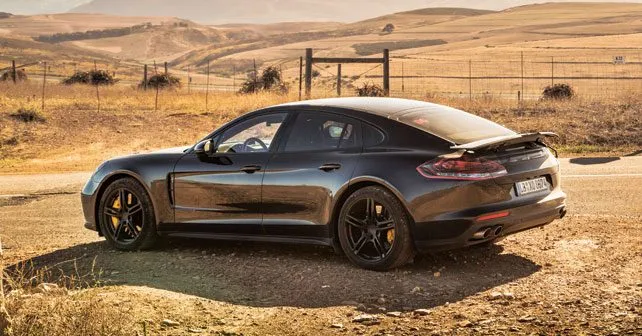
Jens samples a prototype of the next-gen Porsche Panamera, and absolutely loves it. It even looks good, he says – which is not something he can say for the new Audi A5.
Few things are more exciting than the opportunity to ride along in a prototype well before the final product is even unveiled. Days before the Geneva auto show, I was invited by Porsche to join them for a prototype drive in South Africa, in the mountains northeast of Cape Town. We flung around three different versions – the Panamera 4S with a twin-turbocharged V6, the Panamera Turbo with a twin-turbo V8, and the diesel with a V8 TDI (I wasn’t allowed to write about them until now).
The cars were taped off to resemble the current, unfortunately styled, Panamera – and the stickers managed to evoke the current model’s bug-eyed headlights and massive taillights. But it was immediately clear that the new one is a different animal. The next Panamera’s proportions are far more becoming than the outgoing model’s. The wheels are pushed out further into the corners; the roofline drops earlier; the side windows now get the contour of the 911’s, and so do the slim, horizontal taillights. Let’s just say that Porsche has fixed the design.
And they didn’t mess up the dynamics either – even though the next Panamera plays a much bigger role in the grand scheme of things. It is, after all, the first model off the rear and all-wheel-drive MSB architecture – a platform designed to underpin several vehicles at Porsche and beyond, such as the next-gen Bentley Continental and Mulsanne, as well as the awesome Speed Six concept (if they decide to turn it into a production car).
The next Panamera is lighter than before; has all-new powertrains with up to 550 horsepower, which delivers even better straight-line performance, and, in the corners, it seems to shrink around you. There is no other luxury car that provides this level of road-holding and speed. I think the Panamera rivals the dynamic capabilities of an Audi RS7 or a BMW M5. But, unlike those, it has a rear compartment as spacious as that of a 7 Series or an A8.
Inside, the Panamera manages to keep the design language of the predecessor – while revolutionising the man-machine interface. The array of buttons makes way for a centre console that is essentially a large touch-screen surface. Perhaps the best thing about the Panamera is the fact that there will be a station wagon version as well. I was never a fan of Porsche’s behemoth, despite its undisputable merits – but driving the prototype of the next generation has won me over.
Meanwhile, Audi has launched the next-generation A5 to a collective yawn. At a lavish corporate and press event at the Audi Forum in Ingolstadt, the new A5 failed to capture the hearts of the assembled luminaries. The exterior design is to blame! It’s well proportioned and sophisticated, but it simply doesn’t move the needle forward – and, to the casual observer, it unfortunately resembles a facelift.
The A5 shares its MLB Evo platform with the A4, and it comes with cutting-edge powertrains, advanced chassis technology and the latest comfort and assistance systems. I will be driving it in a few weeks, and if the A4 is any indication, it will be an extremely competent performer that delivers speed with effortless precision. But will customers take note?
Styling is a matter of taste, of course, but in an environment that has rediscovered the 2-door coupe – where models like the Mercedes-Benz C-Class and S-Class Coupe are redefining their brands – the design of the A5 looks like it was simply phoned in and then handled by countless committees. Inexcusable!
And the troubles go beyond the A5. Audi is a brand that has become big through technology and design, but the current line-up has lost its edge. The high-volume A4, as well as the Q7, and the R8 halo car, look like boxier versions of their predecessors; the TT is poorly resolved; the Q2 is an oddity that looks more Korean than German, and you can trust me that the head-scratching will continue with the next Q5.
Relief comes in 2017, in the form of the next-gen A8 – followed by the A6 and A7. And those models will usher in a new interior design concept as well. And they can’t get here soon enough.
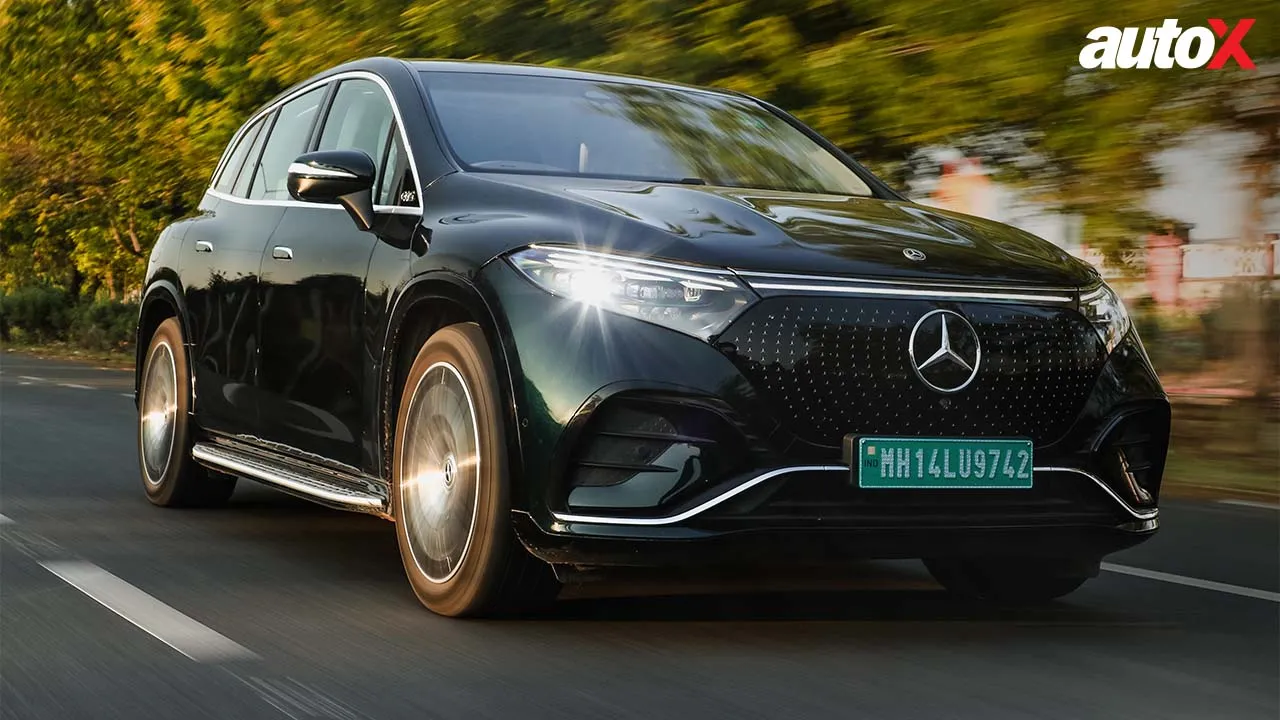

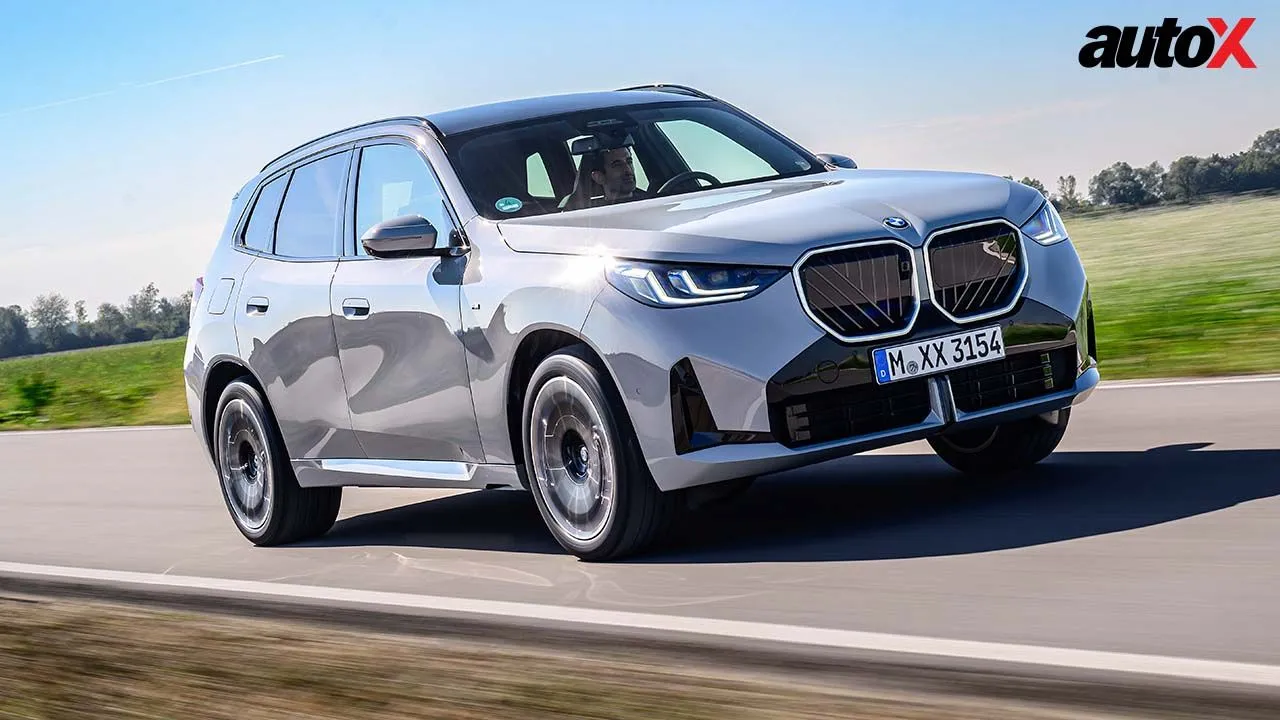

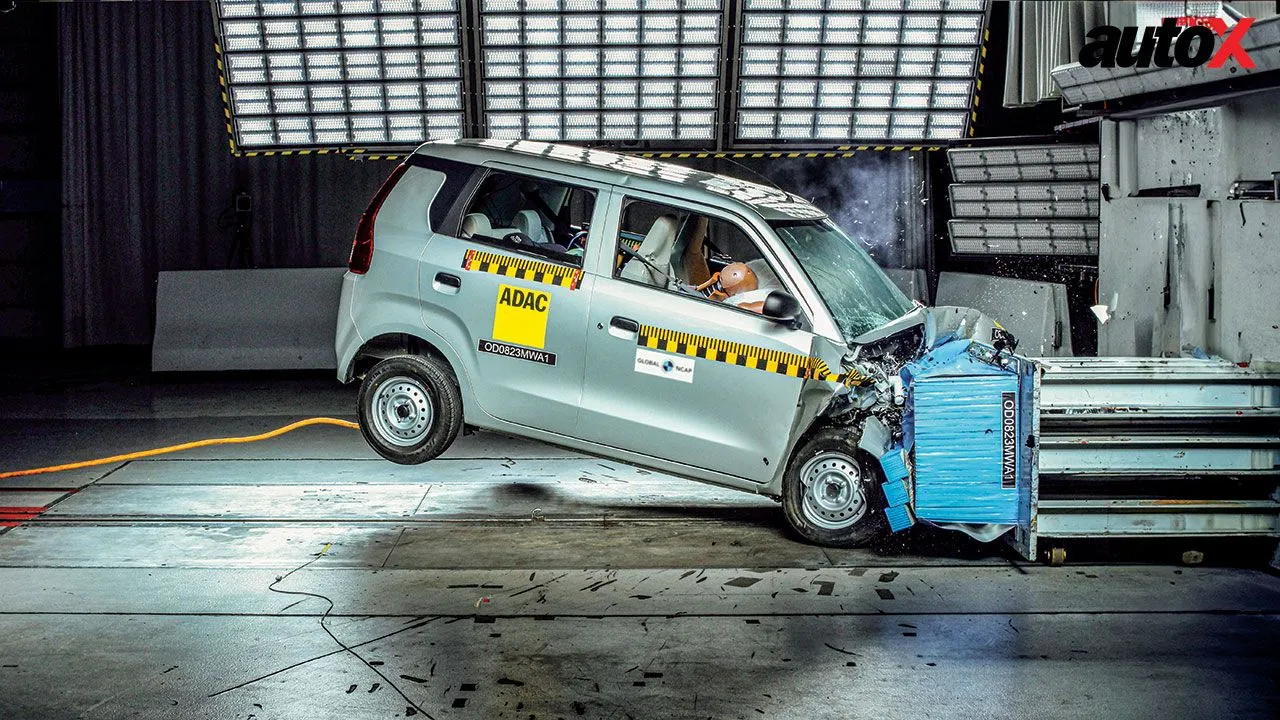
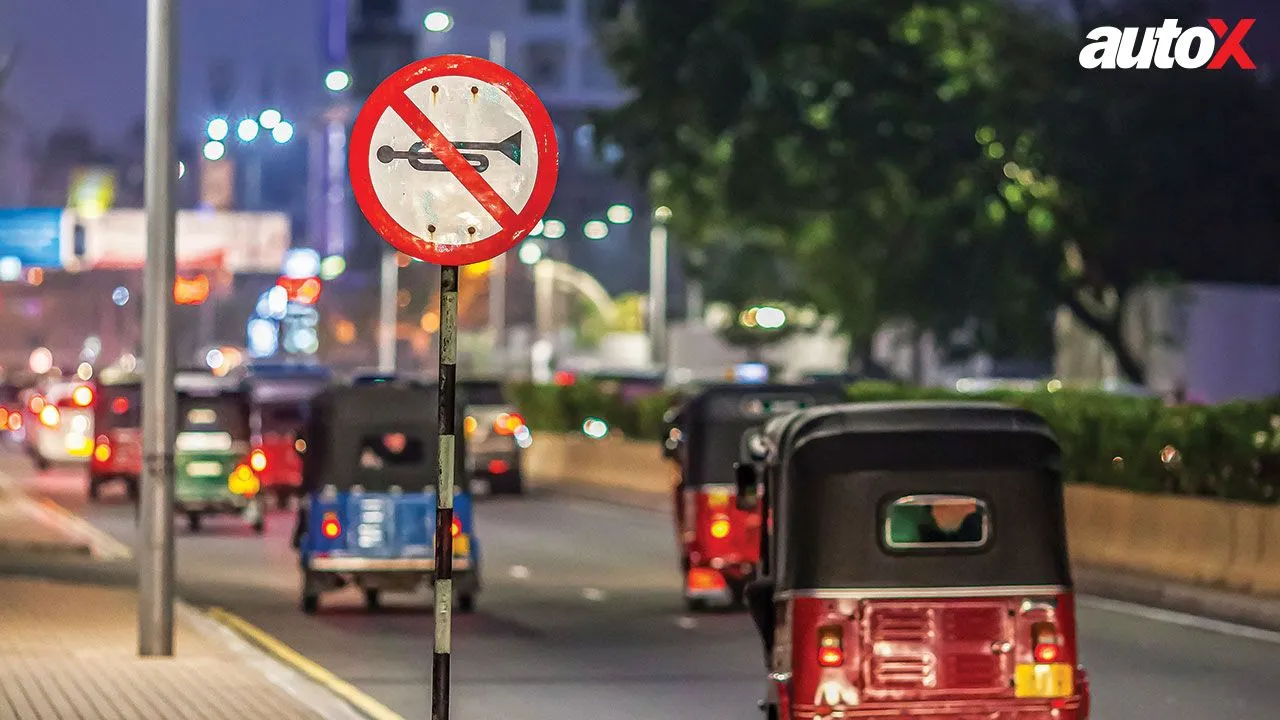
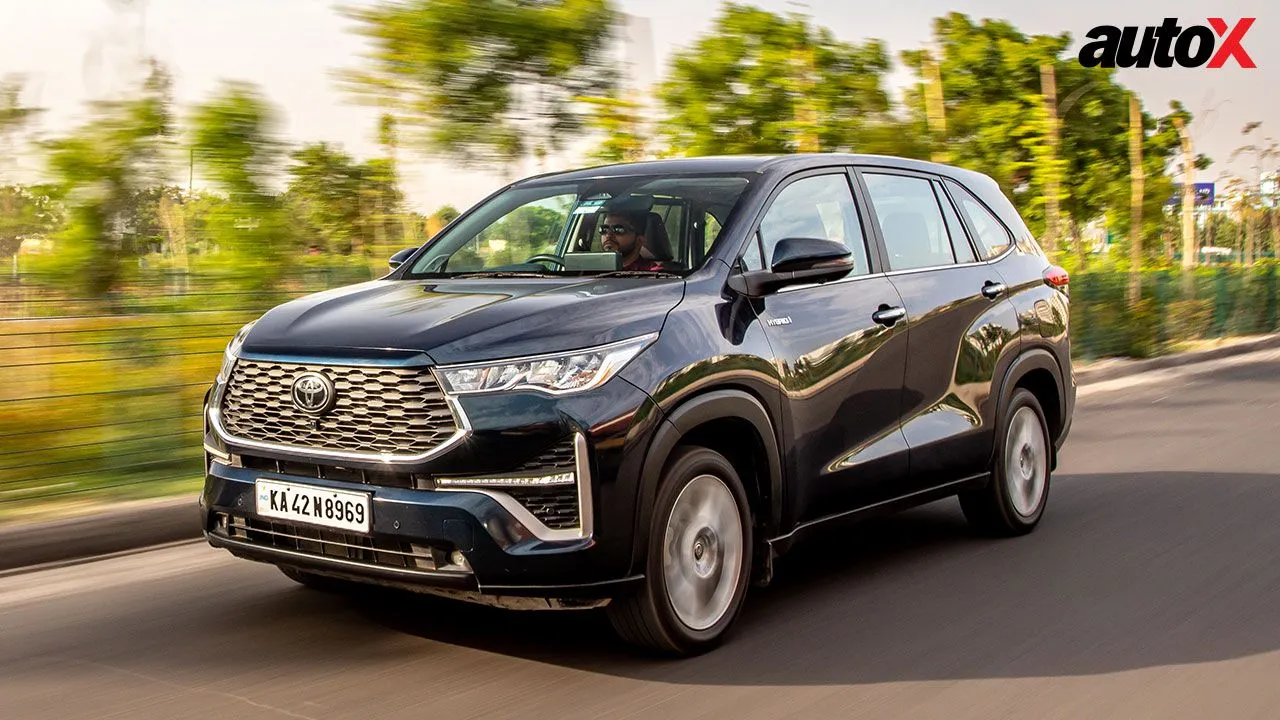
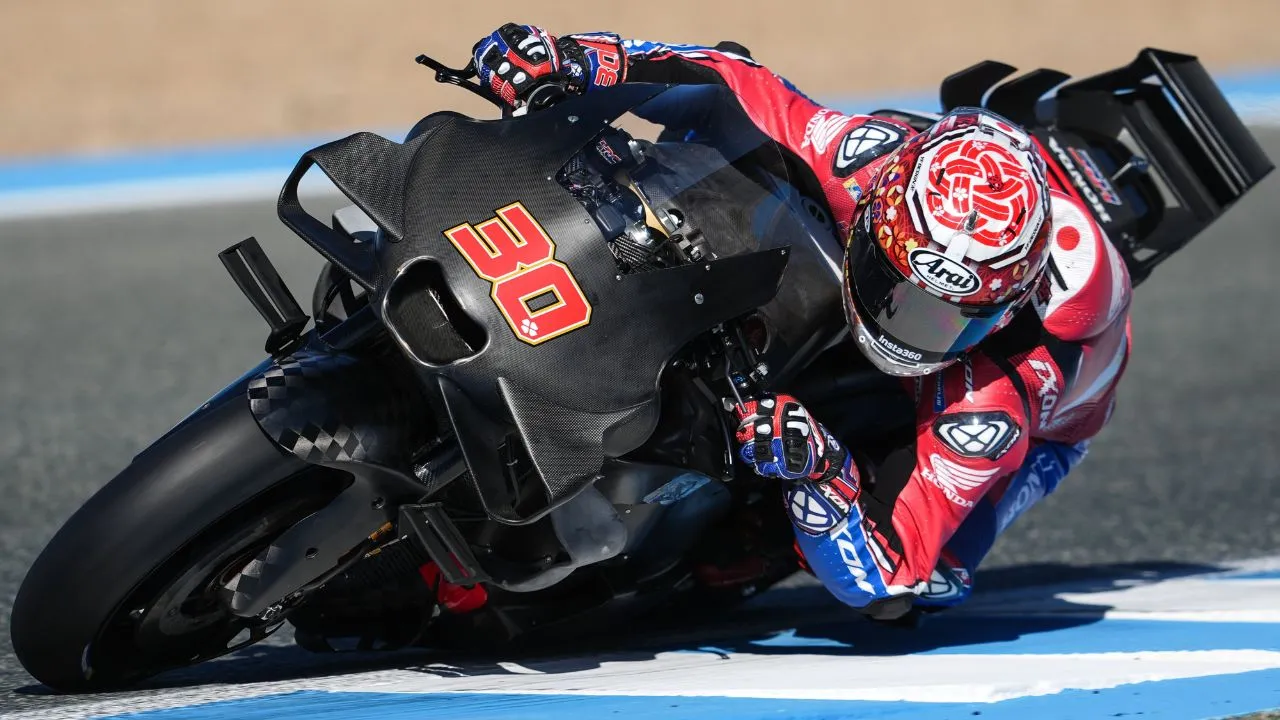
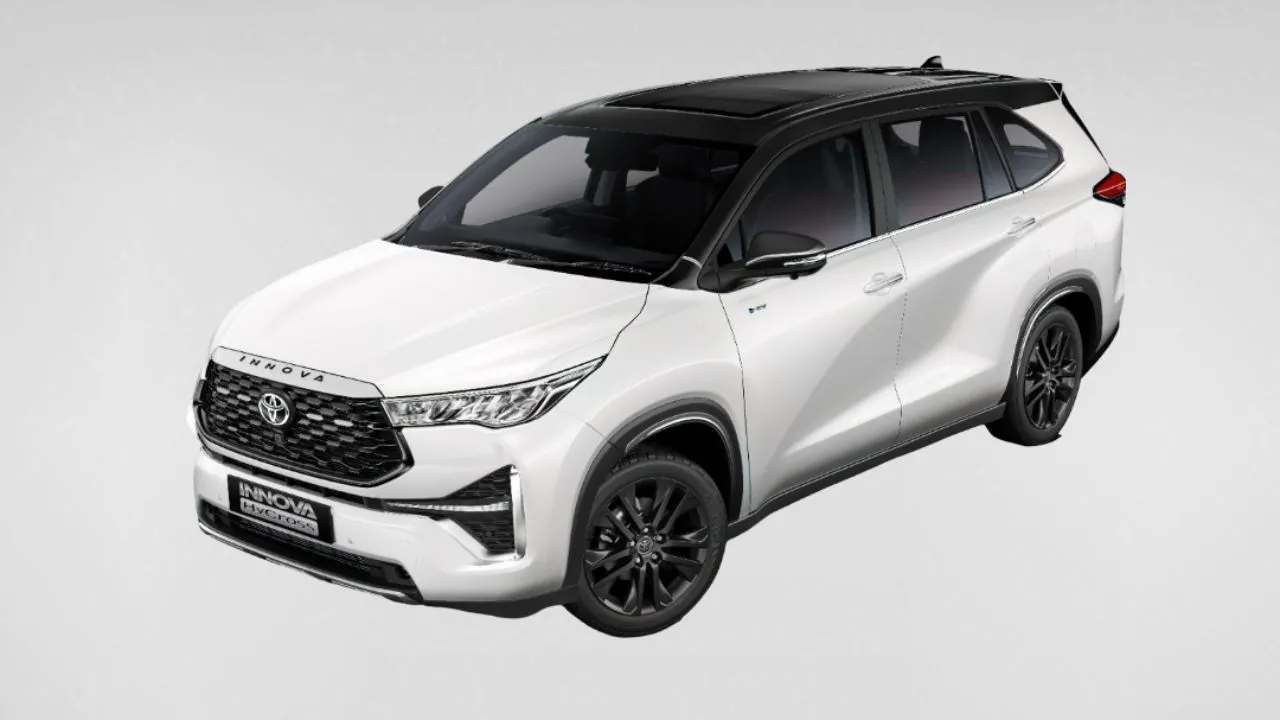

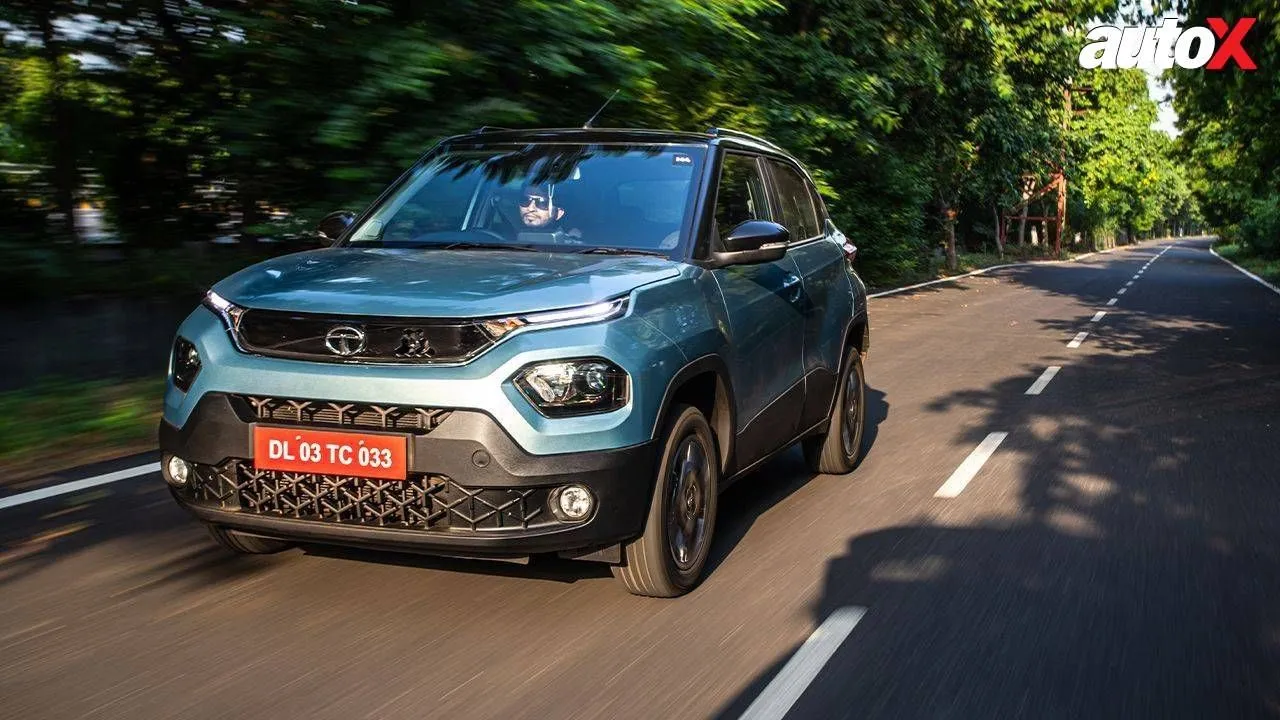

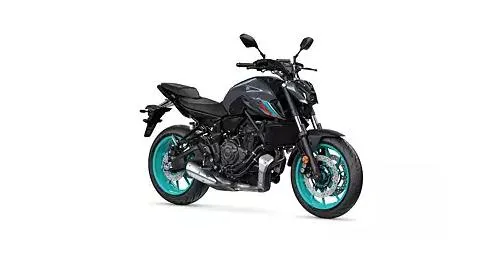

















Write your Comment on